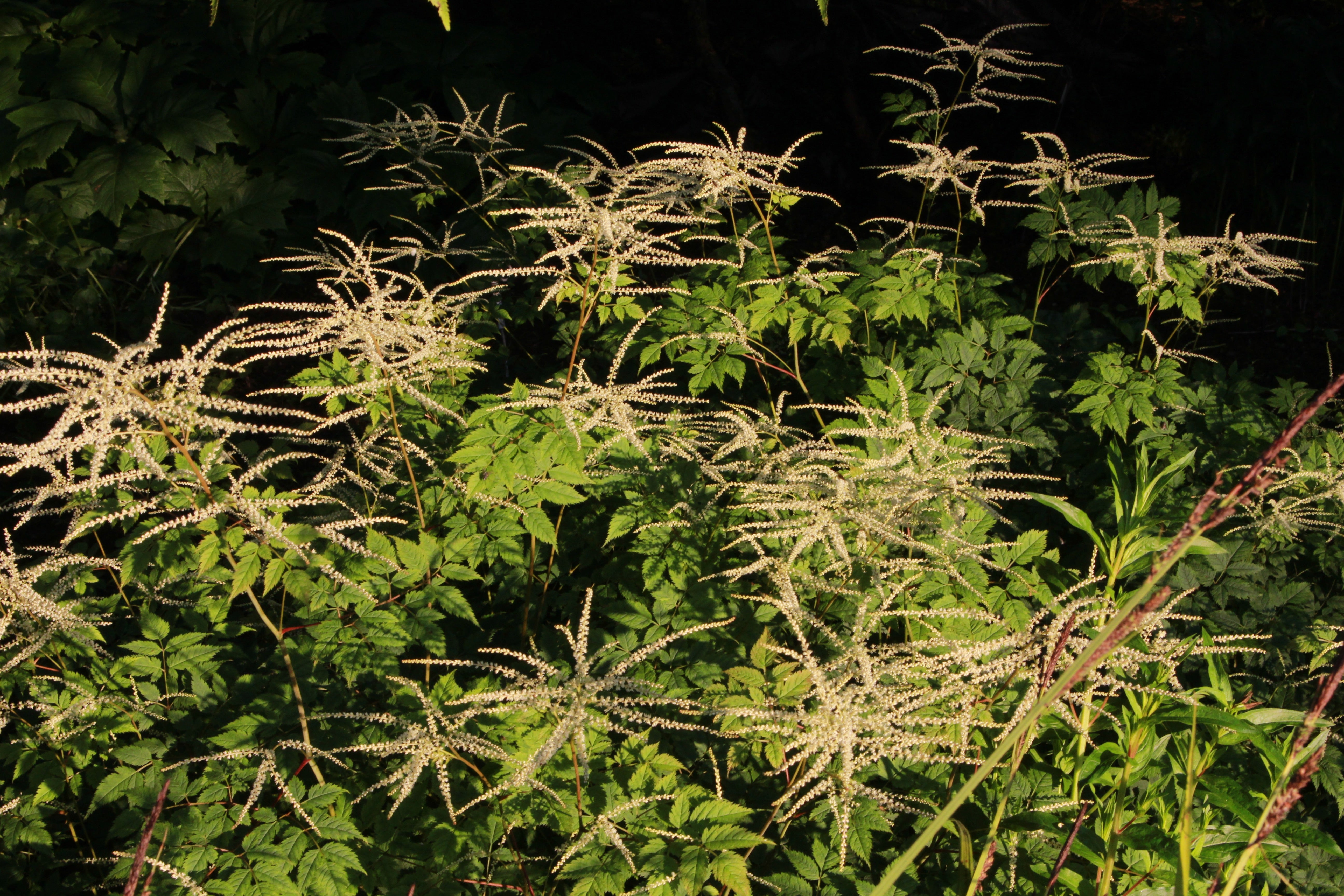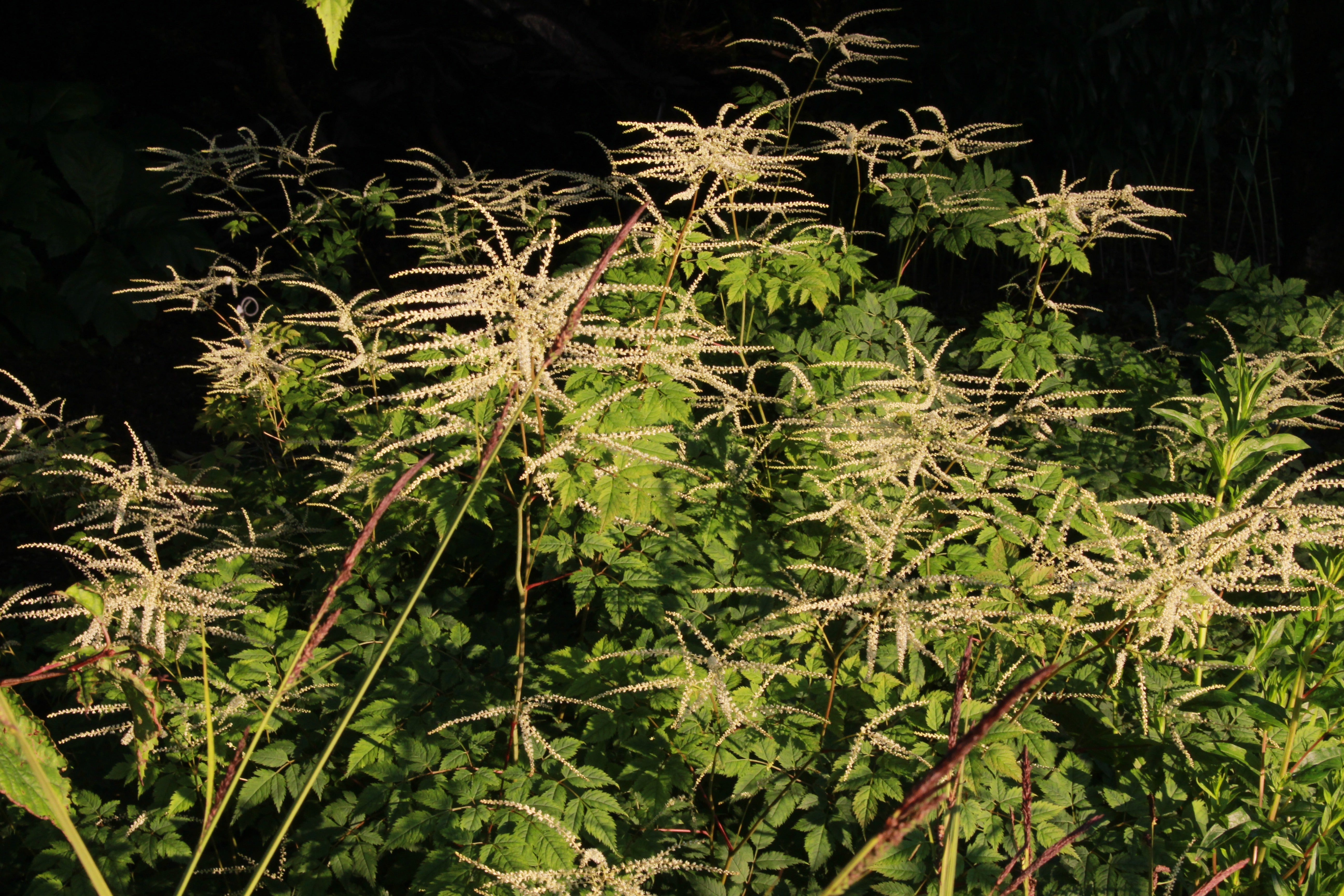Aruncus 'Horatio'
Approx. 0.5 litre pot
About this cultivar:
Aruncus 'Horatio' is a shrub-like variety of goat’s beard. It is a hybrid cross between Aruncus aesthusifolius (compact and low) and Aruncus dioicus (tall grower). 'Horatio' was introduced into commerce by German nurseryman Ernst Pagels. Narrow horizontal astilbe-like panicles of soft, tiny, creamy-white flowers bloom on bronze-toned stems. As the flowers fade, the panicles turn brown, giving each spike an interesting two-toned appearance. Fern-like bi-pinnate compound green foliage turns red in autumn. Leaves a lovely ornamental effect of dried seed plumes over winter.
- Position: Full sun, partial shade, full shade
- Soil: Almost any soil
-
Flowers: June, July, August - ornamental effect of the dried seed plumes afterwards
- Other features: -
- Hardiness: H6 - Hardy in all of UK and northern Europe (-20 to -15°C), Fully hardy
- Habit: Clump forming, bushy
- Foliage: Deciduous
- Height: 75 to 130 cm (2.5 - 4 ft)
- Spread: 45 to 75 cm (1.5 - 2.5 ft)
- Time to full growth: 2 to 5 years
- Plant type: Herbaceous Perennial
- Colour: White, green
- Goes well with: Carex, Hosta, Astilbe
About this genus:
Aruncus is a genus of clump forming herbaceous perennial plants in the Rose family (Rosaceae). They are closely related to the genera Filipendula and Spiraea, and are native to mountainous damp woodland in temperate regions of the Northern Hemisphere. The genus name is the classical Greek name for these plants.
The botanical opinion of the number of species differs, with from one to four species accepted. Aruncus dioicus (goatsbeard) occurs throughout the cooler parts of Europe, Asia and North America. In the broad sense, this is the only species in the genus, with the other species (aethusifolius, gombalanus, sylvester) treated as synonyms or varieties of it by some botanists.
Aruncus blooms in spring and summer with large clusters of tiny creamy white flowers in a feather-like inflorescence produced above veined and toothed leaflets. The flowers also make long-lasting cut flowers and dry well for arrangements. Many people compare Aruncus to the more colourful Astilbe as the two share a similar appearance and habitat. I find Aruncus plants have a finer, wispy texture that moves more in the breeze, giving a wilder feel.
Aruncus will grow almost anywhere that isn’t baked dry by sun. As its native habitat implies it does well in wet areas and pnat combinations that reflect that always look well – try Carex, Hostas, or even Astilbes.




